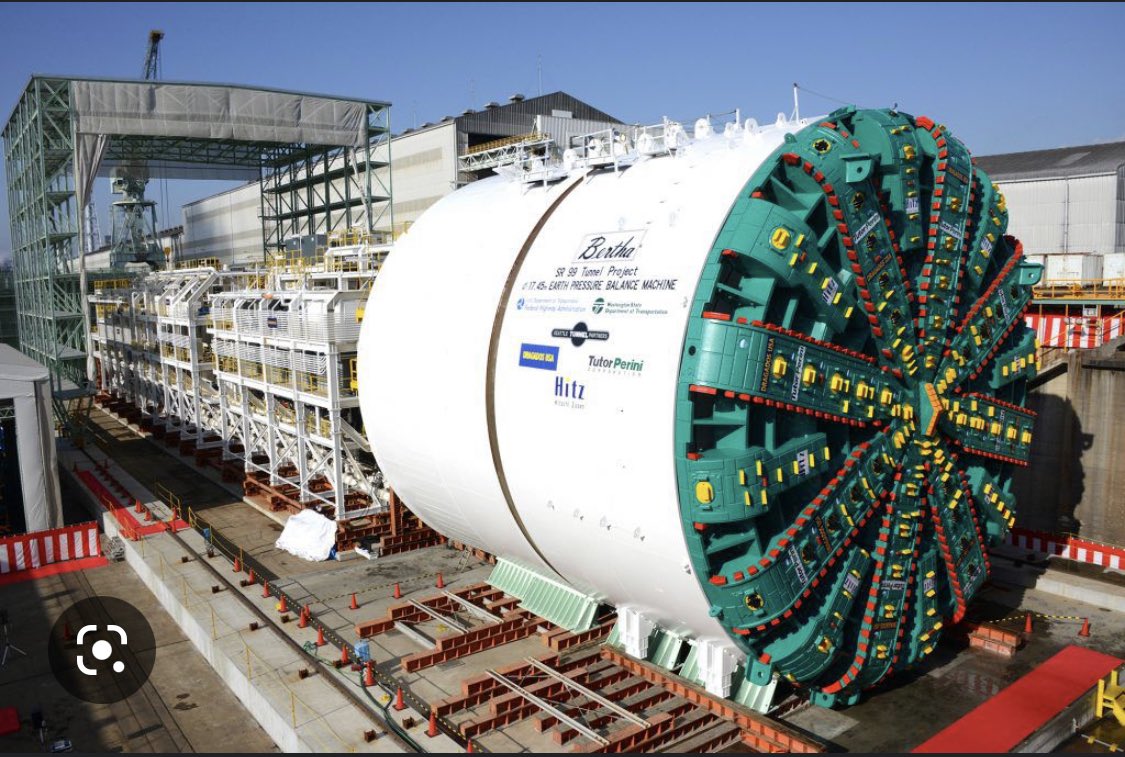
Construction of Subways:
In many places around the world, it’s difficult to imagine life without subways. In fact, the first subway system opened on January 10, 1863, in what is now the London Underground subway station, using steam engines.

In many places around the world, it’s difficult to imagine life without subways. In fact, the first subway system opened on January 10, 1863, in what is now the London Underground subway station, using steam engines.


But the subway systems we all know and rely on didn’t just pop up along with the city. Detailed plans and careful construction helped develop the system that so many people know and love today. They may seem simple (they’re trains that drive through a tunnel underground).
Deep Bore;
The deep bore method uses a special tunnel-boring machine (called a TBM) to dig the subway tunnels without disrupting much of the above surface life. A TBM is inserted/lowered into a conveniently dug hole along the proposed subway line.
The deep bore method uses a special tunnel-boring machine (called a TBM) to dig the subway tunnels without disrupting much of the above surface life. A TBM is inserted/lowered into a conveniently dug hole along the proposed subway line.

It digs slowly until enough space has been carved out for the entire corridor, tunneling and crushing through any type of foundation. A conveyor belt removes soil and slurry as concrete tunnel liners are set up and installed, building the tunnel as the machine digs. 

Cement ground is put into empty spaces between the lining and the excavated opening.
The machines are large and can only go in one fixed shape, but they have a lot more flexibility with grid design because they don’t have to follow the street pattern. #tunnel #nairobi
The machines are large and can only go in one fixed shape, but they have a lot more flexibility with grid design because they don’t have to follow the street pattern. #tunnel #nairobi

• • •
Missing some Tweet in this thread? You can try to
force a refresh







